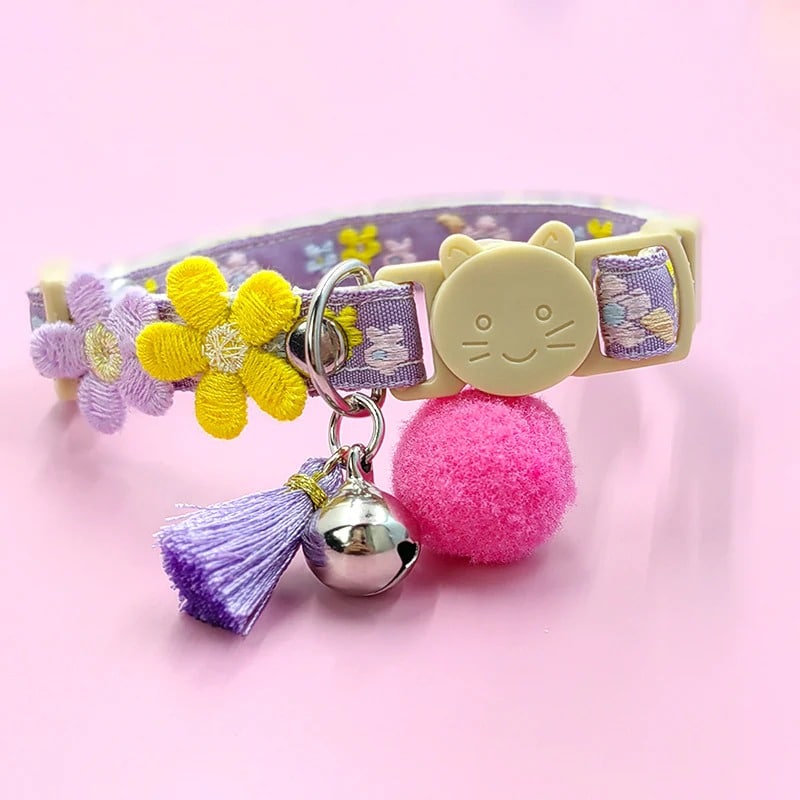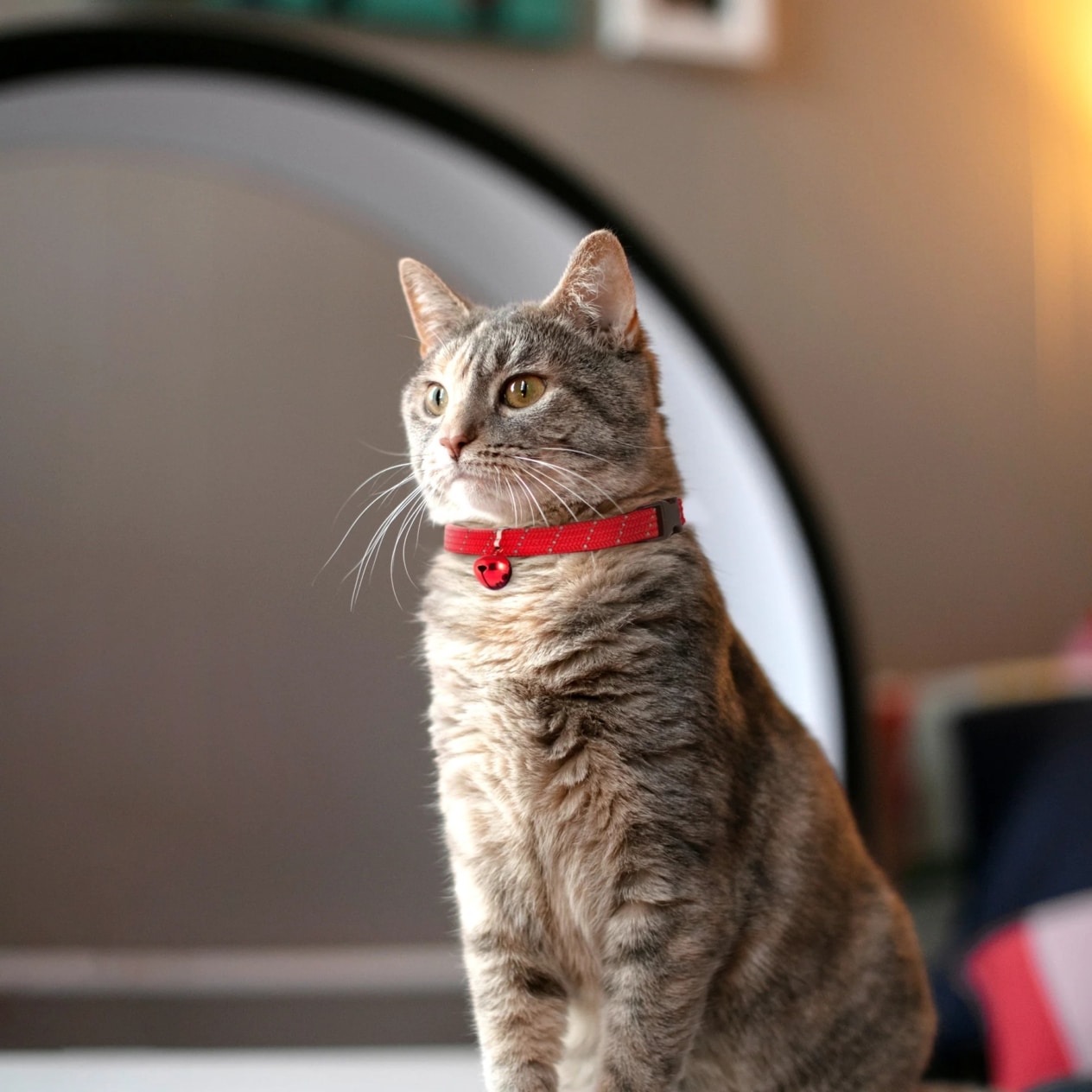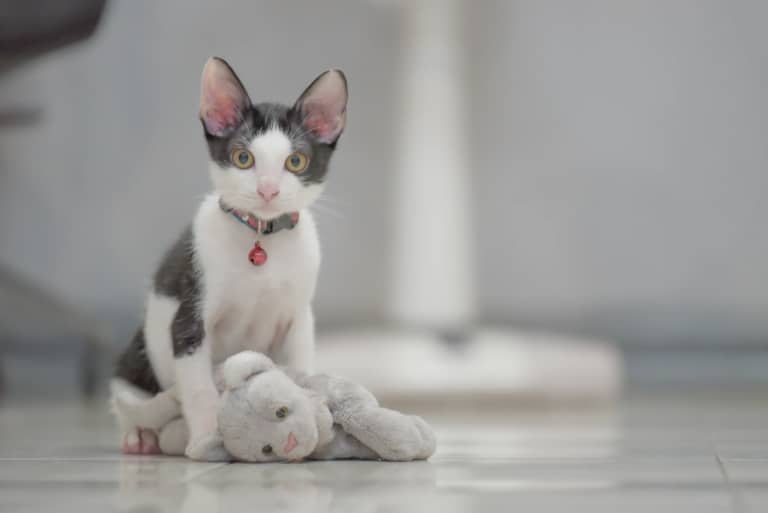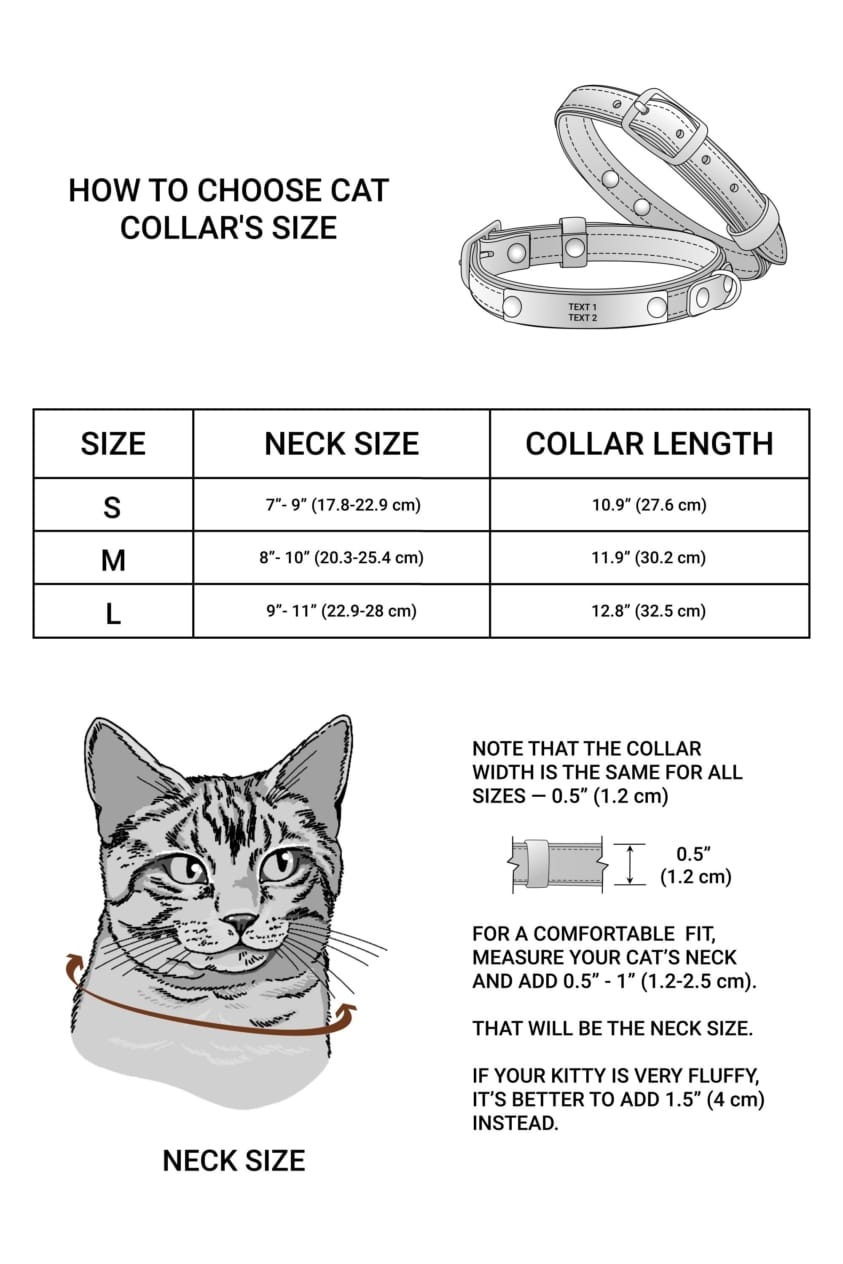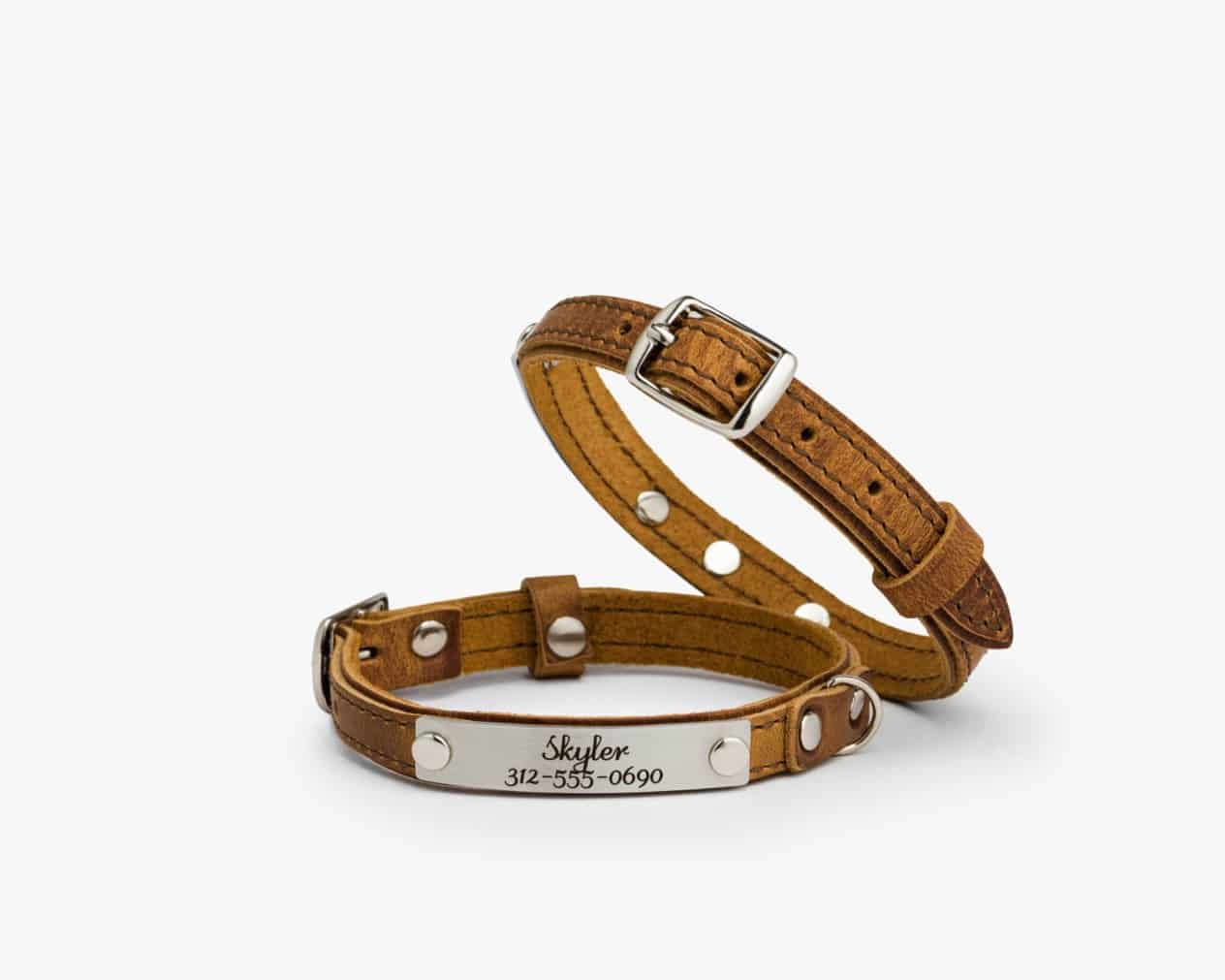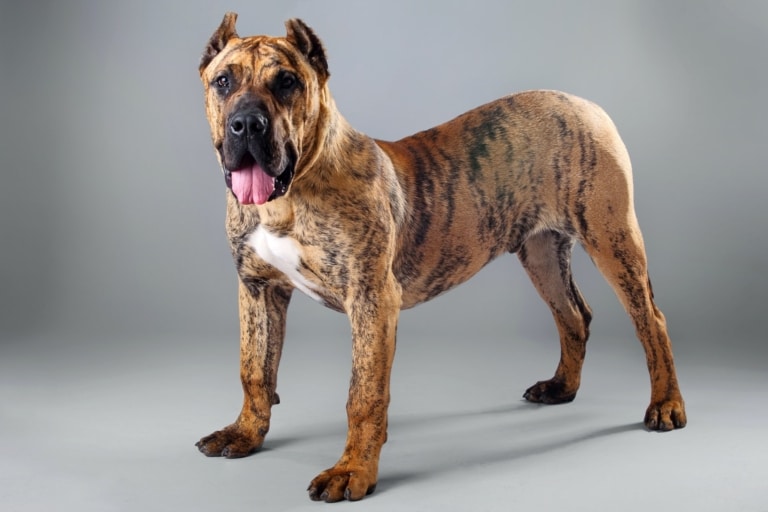Many people think that a cat collar is just a smaller version of a dog collar. But there is actually a significant difference between the two. A cat collar should be lighter, more flexible and safer, because a cat is much more flexible than a dog, can climb trees, jump on cabinets, get into narrow crevices. Because of this, the risk of cats getting caught on a branch, door handle or radiator is much higher. That’s why cat collars often have special detachable clasps that unclip when pulled to prevent strangulation.
It’s also important to keep in mind that a cat doesn’t usually wear a collar around the clock like a dog. It is more of an accessory for specific situations, and should be worn wisely.
Why does a cat even need a collar?
A collar is a safety and control tool, especially for cats that have access to the outdoors or a balcony. An address, tracker or contact tag can be attached to it – this greatly increases the chances of return in the event of escape or loss.
There are also cats that love to walk – and for them, a collar with a leash (or special harnesses) allows you to safely explore the world with your owner. This applies to breeds such as the Bengal cat, Abyssinian cat, Savannah, Orientals – active, intelligent animals that easily get used to walks. They need a collar as an attribute of a mobile lifestyle.
In addition, collars can be anti-parasitic (anti-parasitic collars with active substances), reflective – for cats that go out at dusk, or even electronic – for interaction with automatic doors or feeders.
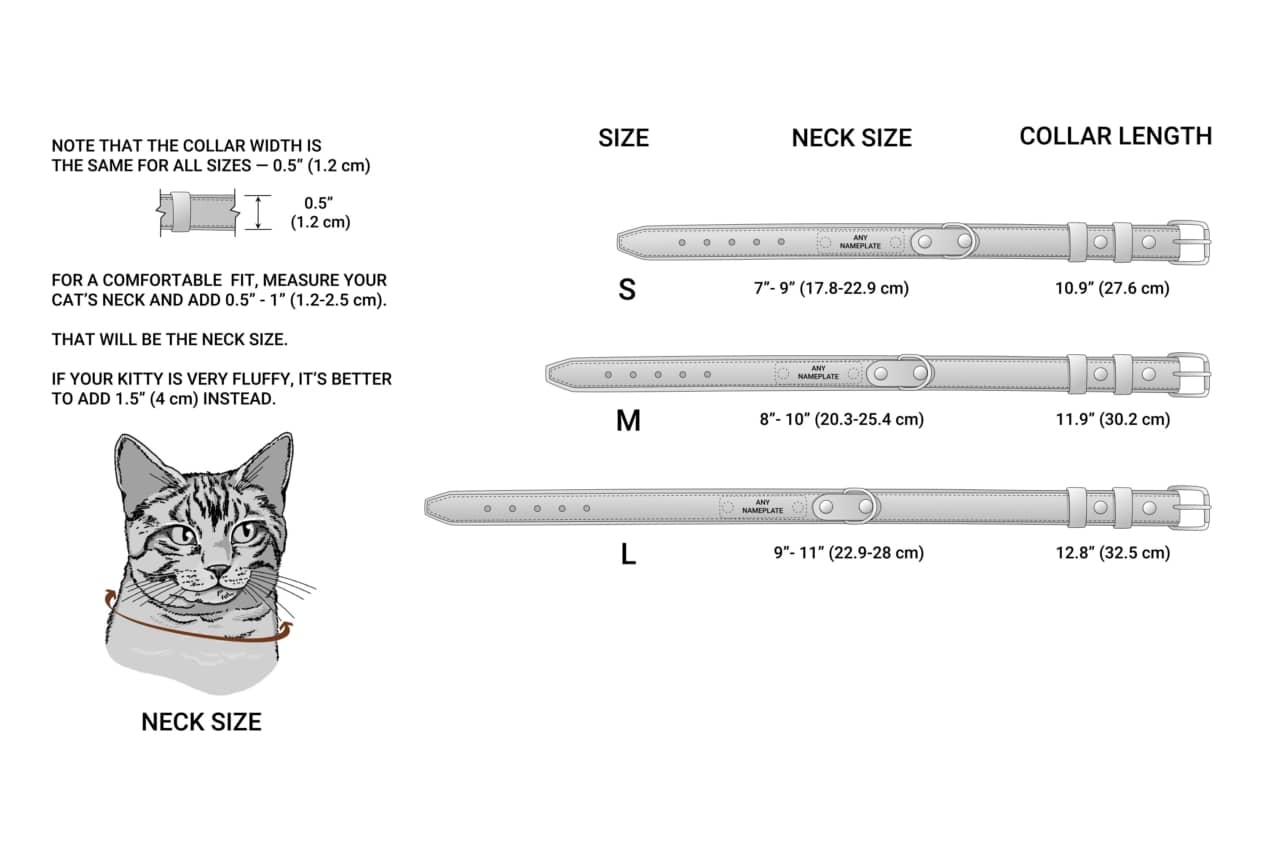
How to choose the right collar for a cat?
Lightness and safety are paramount. Choose models made of light, soft materials – not leather or heavy metal. Ideally – nylon or elastic fabric. It is obligatory to have a breakaway clasp, which unbuttons when jerked.
Correct size. The collar should fit snugly, but not squeeze. Reference point: 1 finger should pass between the cat’s neck and the collar. Keep in mind that cats are very flexible and can easily remove or chew on an uncomfortable collar.
Functionality. If the main purpose is an addresser, make sure that the collar has a reliable metal ring. If it’s a walking option, it should be compatible with a leash and be able to withstand jerks.
Avoid bells. Although common, they irritate the cat’s hearing and can cause anxiety or aggression. If you choose one with a bell, choose one with the option to remove it.
Antiparasitic collars – with caution. The active ingredients can cause allergies or intoxication, especially in kittens. Choose only those with clear veterinary labeling.
Trial regimen. Wear the collar at home for a short time for the first time, gradually increasing the duration. Make sure that the cat does not itch, does not try to chew it, does not show panic. If the reaction is strong, try a different model or type.
Conclusion:
A cat collar is a well-thought-out safety element. It should be beautiful, but above all it should be safe, comfortable and adapted to the cat’s behavior. By choosing your cat’s collar wisely, you will provide her with an extra layer of protection – at home, on a walk or when traveling.
